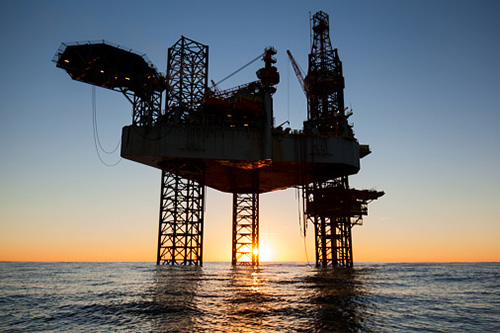Brazilian energy company Petrobas is using high-performance computing techniques to aid it in its oil and gas exploration, especially in deep-water situations. These techniques can help reduce costs and make finding and extracting new hydrocarbon deposits quicker. Petrobras' geoscientists and software engineers quickly modify algorithms to take advantage of new capabilities as new CPU and GPU technologies become available.
The energy company used system integrator Atos to provide more than 250 Supermicro SuperServer AS-4124GO-NART+ servers running dual AMD EPYC™ 7512 processors. The cluster goes by the name Pegaso (which in Portuguese means the mythological horse Pegasus) and is currently listed at number 33 on the top500 list of fastest computing systems. Atos is a global leader in digital transformation with 112,000 world-wide employees. They have built other systems that appeared on the top500 list, and AMD powers 38 of them.
Petrobas has had three other systems listed on previous iterations of the Top500 list, using other processors. Pegaso is now the largest supercomputer in South America. It is expected to become fully operational next month. Each of its servers runs CentOS and has 2TB of memory, for a total of 678TB. The cluster contains more than 230,000 core processors, is running more than 2,000 GPUs and is connected via an InfiniBand HDR networking system running at 400Gb/s. To give you an idea of how much gear is involved with Pegaso, it took more than 30 truckloads to deliver and consists of over 30 tons of hardware.
The geophysics team has a series of applications that require all this computing power, including seismic acquisition apps that collect data and is then processed to deliver high-resolution subsurface imaging to precisely locate the oil and gas deposits. Having the GPU accelerators in the cluster helps to reduce the processing time, so that the drilling teams can locate their rigs more precisely.
For more information, see this case study about Pegaso.



